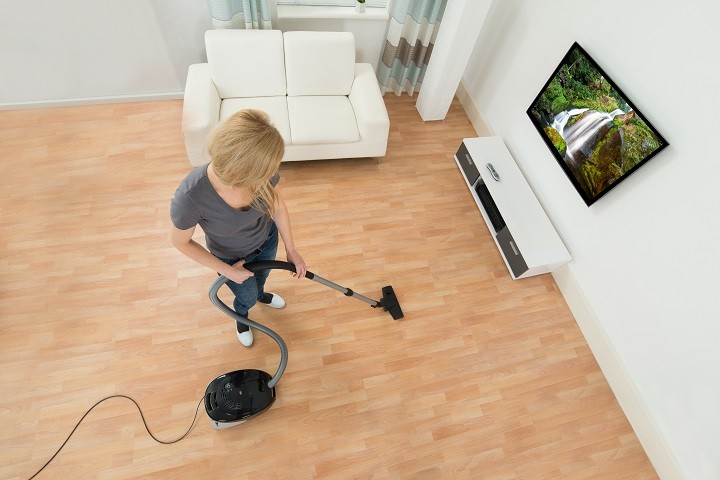A green lawn is a perfect addition to any household’s background. A beautifully grown lawn will offer a carpet of grass intended for your family to enjoy while relaxing. Even though planting a new lawn needs a lot of effort and work, its rewarding when it grows. You will require several items to grow a green lawn. Among them are; A large bucket, Rototiller, rake, lawn spreader, lawn roller, soil test kit, moist peat moss, grass seed, hay and a fertilizer. If you do not own any of this items like the lawn spreader and lawn roller, they can be rented at a hardware. The following are simple steps you can follow to grow a lush green lawn.
- Buy a soil test kit from a local garden shop. Take a test so that it can tell you if your soil has the right pH level for grass to thrive. Most grasses like a pH of six to seven. If the pH level in your soil is low, you may have to add lime. If the pH level is high, you’ll lower it by applying elemental sulfur to the soil.
- Following the directions for the sort of lawn spreader you are using, unfold the lime or elemental sulfur required to correct the soil’s pH level. After that, you should add a complete fertilizer over the region that is to be seeded. You should choose “slow-release” fertilizers than feeding the lawn all at once. This type allows the lawn to use the fertilizer over a longer period. They cost much more but they are well worth the added expense. Place the damp peat moss inside a large bucket and apply to a depth of one to a pair of inches over the whole seedbed.
- Using a rototiller, till the soil to a deepness of four to six inches. Check for any rocks, sticks and discard and take them out. Rake the lawn area till its smooth, leaving small little cracks and crevices to catch the grass seed. Roll the set seeding zone with the lawn roller to secure the soil.
- Fill the grass seed into the spreader. Set the spreader at approximately half the recommended quantity and treat the lawn two times from opposite directions. It will take twice as much hoof work on your part, but you’ll get a more consistent distribution. The kind of lawn spreader you are using for the task can determine the quantity of seed the lawn spreader will hold at just the once. Spread the seed above the ready soil by pushing the spreader in a north to south direction. Repeat the method moving east to west. Seeding your lawn in this method can ensure that all parts of the seedbed are covered. Rinse out your spreader when, particularly when using fertilizer. Fertilizer is basically a sort of salt. And it eats up any metal elements it finds.
- Rake the region, gently covering half the grass seed with soil. Leave the remainder of the seeds exposed to assist with germination. Raking helps you see any bare areas that would need attention, and also increases the soil contact when you are seeding. This allows the newly planted grass to be able to grow more easily.
- Go over the freshly seeded region one more time using the lawn roller, moving in a north to south direction, then in an east to west direction, like you did while planting the grass seed. This presses the seeds that are in contact with the soil, ensuring a tough root system.
- Cover the seedbed using a light-weight mulch of hay to be able to maintain moisture till the fresh planted seeds begin to germinate. Additionally, during the heavy rainfall the hay will prevent the seeds from washing away.
- Water the area carefully, to allow penetration into the soil to push a robust root growth. Your lawn must have adequate water on a constant schedule to be able to remain lush, green and healthy. Despite the fact that overwatering can lead to other problems, an under-watered lawn lacks the strength and resilience to compete with diseases and weeds and also staying green. After the first soaking, water your lawn gently several times in a day for approximately three weeks or until the grass has germinated uniformly. Then you can start to water your new lawn every day. Dampen the soil more often during the hot and windy weather. The importance is ensuring that the seedbed is moist during all times until it has germinated.
Featured image courtesy of Unsplash


